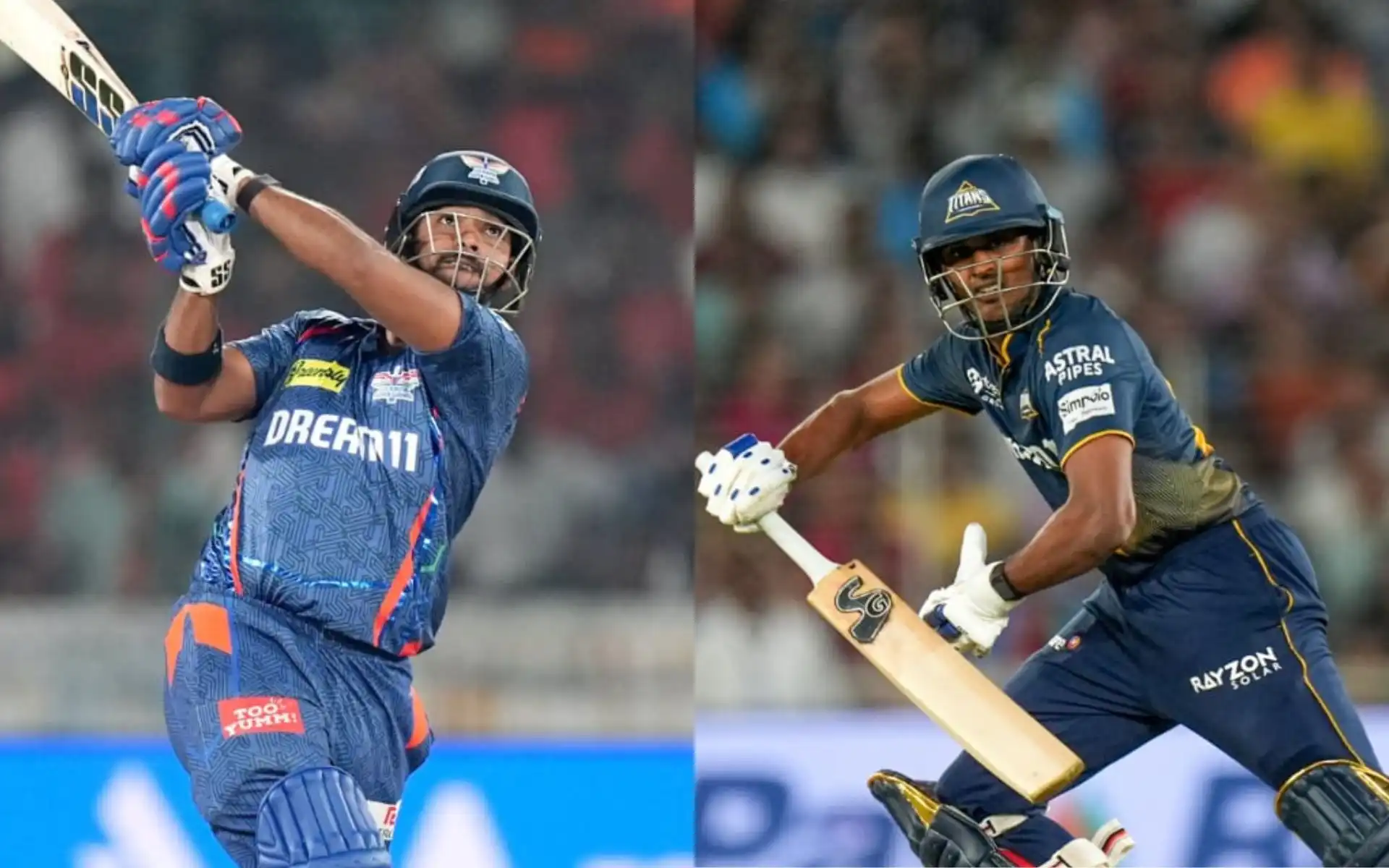![Virat Kohli, MS Dhoni and Rohit Sharma [Source: @kaustats, @ImTanujSingh, @SachinN18268158/x.com]](https://onecricketnews.akamaized.net/parth-editor/oc-dashboard/news-images-prod/1744410266392_kohli_dhoni_rohit(1).jpg?type=hq) Virat Kohli, MS Dhoni and Rohit Sharma [Source: @kaustats, @ImTanujSingh, @SachinN18268158/x.com]
Virat Kohli, MS Dhoni and Rohit Sharma [Source: @kaustats, @ImTanujSingh, @SachinN18268158/x.com]
In a country where cricket transcends sport to become religion, the line between passionate support and toxic behavior has blurred dramatically. The Indian Premier League (IPL), while revolutionising cricket's commercial landscape, has inadvertently fostered a troubling culture among fans who derogatorily label national heroes as "Chokli," "Dhobi," and "Vada Pav." This growing trend of disrespect toward players who have dedicated their lives to the sport raises serious questions about fan entitlement and the darker side of cricket fandom in the digital age.
The Birth of Toxic Nicknames
The transformation of Virat Kohli to "Chokli," MS Dhoni to "Dhobi," and Rohit Sharma to "Vadapaw" represents more than mere wordplay. These derogatory nicknames attempt to diminish the extraordinary achievements of these cricketing icons.
"Chokli" mocks Kohli's occasional struggles in high-pressure situations, conveniently overlooking his status as one of cricket's all-time greats and arguably the best chase master the game has ever seen.
"Dhobi," a reference to a washerman, disrespects MS Dhoni, who lifted India from cricketing mediocrity to world dominance.
"Vadapaw," poking fun at Rohit Sharma's physique, undermines the tactical genius who not only holds the record for the highest individual ODI score but has also led India to T20 World Cup glory in 2024 and the ICC Champions Trophy triumph in 2025.
These labels gained traction through social media platforms and toxic fan forums, where anonymous accounts face no accountability for their words. What began as isolated incidents has morphed into a widespread culture of disrespect that peaks during IPL season.
How IPL Intensified the Tribalism
The IPL's franchise model, while brilliant for cricket's commercial growth, introduced unprecedented tribalism to Indian cricket. Before the IPL, Indian cricket fans primarily united behind one team - Team India. The league's structure created divided loyalties, where players who united under the national flag now compete against each other.
This fragmentation of fandom created an environment where:
- Regional identities became intertwined with cricketing loyalties
- Players faced criticism not just for performance but for representing rival franchises
- Social media amplified polarized opinions without nuance
- Celebrity culture elevated players to unattainable pedestals, making their human failings seem more dramatic
The commercial stakes of the IPL further intensified this environment. With millions of dollars invested in teams and players, performances are scrutinised with unprecedented intensity, creating unrealistic expectations from fans who demand perfection every match.
The Armchair Critics: Entitlement Without Experience
Perhaps the most troubling aspect of this toxic culture is the disconnect between criticism and experience. The harshest critics of Kohli, Dhoni, and Rohit have likely never faced a 150 km/h delivery, stood at the crease with a billion expectations weighing on their shoulders, or made split-second decisions that determine sporting immortality.
What's particularly ironic is how these same fans who demean their own national heroes often shower unbridled praise on foreign players like AB de Villiers, Kane Williamson, Joe Root, Ben Stokes, Travis Head, etc. This selective respect reveals a deeper bias—where Indian players must be perfect to earn respect, while overseas stars are celebrated for the same human qualities and occasional failures.
The armchair critic's position is one of profound entitlement - claiming the right to harshly judge professionals in a domain where they possess no practical experience. It's equivalent to a person who has never held a paintbrush criticizing Leonardo da Vinci's brushstrokes or someone who has never written code dismissing Sundar Pichai's technical decisions.
This disconnect creates a fundamental empathy gap. These critics fail to comprehend the immense physical and psychological demands of international cricket, the sacrifices these athletes have made since childhood, and the intense pressure of performing on a global stage
Beyond the Toxicity: Finding Perspective
For a healthier cricket fandom to emerge, perspective is essential. Kohli, Dhoni, and Rohit have collectively brought more joy to Indian cricket fans than any generation before them.
Kohli's unparalleled ability to chase down targets has rewritten the record books, Dhoni's legendary captaincy delivered India the 2007 T20 World Cup, the 2011 ODI World Cup, and the 2013 Champions Trophy—a feat unmatched by any captain in history—while Sharma's leadership has continued this legacy with the T20 World Cup in 2024 and the ICC Champions Trophy in 2025. Their contributions extend beyond statistics to moments of national pride that transcend sport itself.
Criticism is the right of every fan, but it must be tempered with respect for the game and those who play it at its highest level. The players behind these derogatory nicknames are human beings who have dedicated their lives to mastering a craft and representing their nation with distinction.
As the IPL continues to evolve, the responsibility falls on the cricketing community to reject toxic fan culture and embrace an appreciation for the game that celebrates rather than denigrates its finest practitioners. After all, in cricket as in life, respect costs nothing but means everything.
.jpg)

.jpg?type=mq)

.jpg?type=mq)
